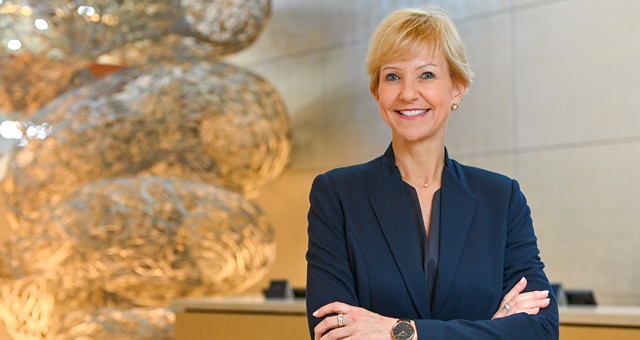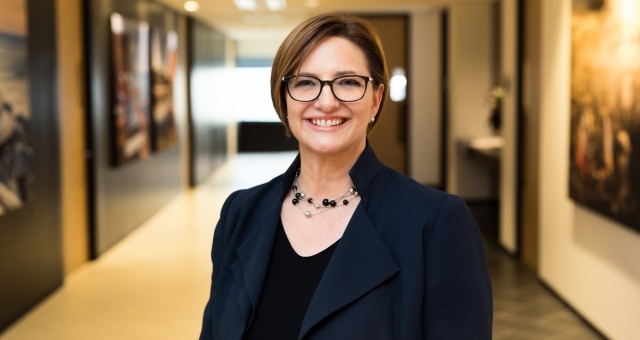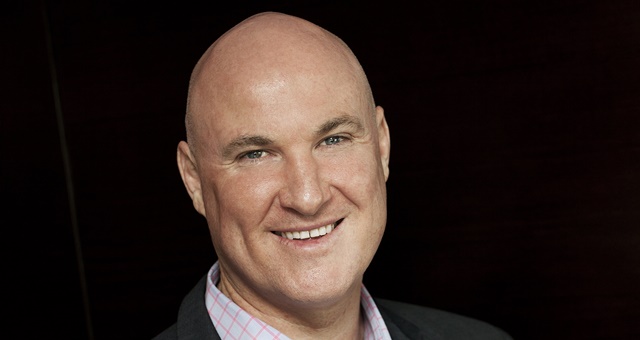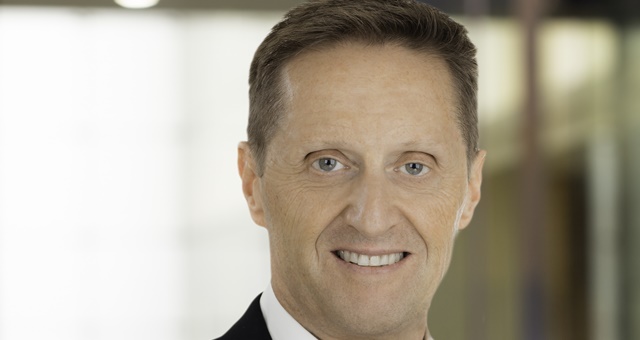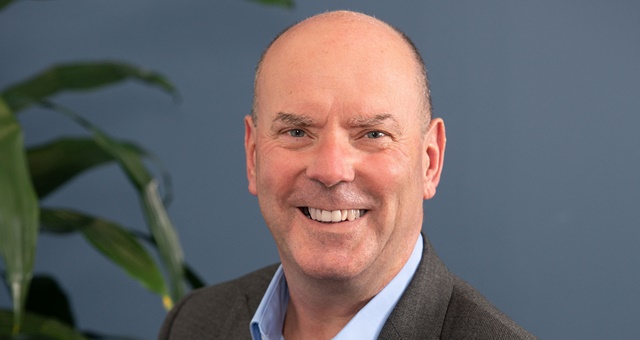Nearly 400 days after free travel between Australia and New Zealand was curbed due to the COVID-19 pandemic, some of Australia’s leading hoteliers have expressed great relief and excitement at the imminent resumption.
Senior executives have expressed optimism that the bubble, announced yesterday by New Zealand PM, Jacinda Ardern, may mark the end of “the constant flip flop” in border closures, helping to build confidence among the travelling public to get on a plane.
IHG Hotels and Resorts Managing Director Australasia and Japan, Leanne Harwood – a proud Kiwi – said the move will be an exciting one for many people who have been eagerly waiting to jump on a plane and travel overseas to visit friends and family in New Zealand.
“This is a positive signal around recovery and, while it may be wishful thinking, we can only hope that it marks the end of the constant flip flop in border closures and will give people the confidence to travel again,” Harwood said.
“A surge in Trans-Tasman travel would be a much-needed boost for our tourism industry that has been so badly impacted by the restrictions and would give hotels more confidence in the future.”
Another proud New Zealander, Marriott Internationa’s Area Vice President, Sean Hunt, said the news was welcome both for himself, for the company and the industry as a whole.
“We will be monitoring closely the forward travel bookings between Australia and New Zealand, and while there may be some caution exercised from some market segments, all indications show that there is pent up demand for travel,” Hunt said.
“The Easter holiday break was proof that people want to get moving, with occupancy rates at many of our city hotels increasing markedly over the weekend and our regional properties also performing at the highest occupancy levels since pre-Covid.
“It’s of high importance that both state and federal governments continue working together to resolve any future snap border closures and help build consumer confidence amongst Australian and New Zealand travellers.”
Event Hospitality Director of Hotels and Resorts, Norman Arundel, said the two-way travel bubble was set to benefit both regions.
“It has now been almost 400 days since Trans-Tasman travel was originally interrupted, we know strong pent up demand has built over this period and believe this is an important milestone that is set to play a pivotal role in helping to strengthen the sector and buoy traveller sentiment,” he said.
“As a business we have already acted swiftly in response to this news, to support our guests in planning and booking with flexibility, enabling them to take advantage of the many great offers available on both sides of the Tasman.”
Accor Pacific Chief Executive Officer, Simon McGrath, said the bubble was a welcome milestone on the tourism industry’s long journey towards recovery.
“It’s good news for the Australian and New Zealand economies, for businesses on both sides of the Tasman, and for jobs and livelihoods,” McGrath said.
“Australians are very eager to visit New Zealand. People are keen to reconnect with much-loved family members and friends from New Zealand and we are anticipating a significant increase in bookings, with regional and city hotels benefiting from the news.”
Hilton Vice President Operations, Australasia, Heidi Kunkel, said while the pandemic isn’t yet over, the travel bubble with New Zealand was a very positive step in the right direction.
“We fully expect our customers will be eager to travel between the two countries, but that understandably guest behaviour, priorities and concerns have changed,” Kunkel said.
“Booking flexibility, cleanliness and disinfection will remain high priorities. Hilton has innovated programs such as modified cancellation policies and industry-defining Hilton CleanStay program to provide the reassurance guests need to book that trip across the Tasman.”
BWH Hotel Group Managing Director Australasia, Graham Perry, said the news was welcome for hotel owners on both sides of the Tasman who have been so hamstrung by the closure of international borders, with major cities on both sides of the Tasman unable to benefit from the upturn in regional travel.
“[The bubble] will help restore confidence in both leisure and business travellers, although this may be somewhat restrained by the fear of local outbreaks causing snap lockdowns,” Perry said.
“Having said that, the fact that New Zealand and Australia have both had so few locally acquired cases, this development will go some way to restoring faith that international arrivals, at least from these two markets, will come with reduced health risks.
“This announcement is the next important step towards Australia and New Zealand coming out of the pandemic era and transitioning to a more normal international travel environment.”
The travel bubble between Australia and New Zealand begins on April 19, 2021.

